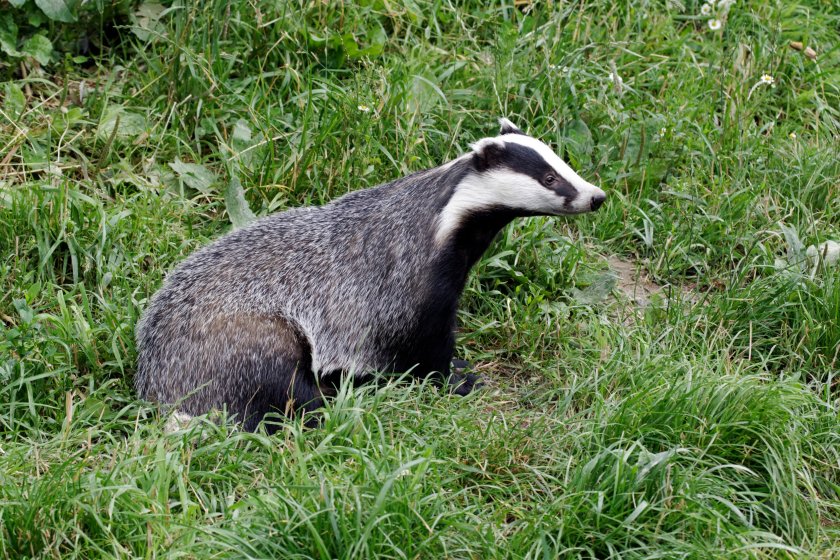
The government is seeking views on targeted badger culling in areas of England along with badger and cattle vaccination to tackle bovine TB.
The proposals, which are part of delivering the next phase of England's TB eradication strategy, have been set out in a consultation launched today (14 March).
Badger culling could be retained as an option in targeted parts of the High-Risk Area and Edge Areas, including much of southwest and central England.
Bovine TB is considered one of the most difficult and intractable animal health challenges that England faces today.
It causes devastation for farming and rural communities, leading to tens of thousands of cattle culled each year. In 2022, a total of 22,084 cattle were culled.
The government said it had 'followed the science' to turn the tide on the disease, with figures showing that new bTB breakdowns in cattle are at a near 20-year low.
The latest peer-reviewed evidence from the first 52 areas where badger culling was conducted also shows a reduction in rates of bTB breakdowns in cattle down on average by 56% after four years of culling.
While the majority of disease control measures focus on cattle, the proposals, which are subject to a five-week consultation, seek to keep culling as an option in High-Risk Area and Edge Areas.
Culling would continue in these targeted areas until the disease situation has been deemed to have improved, following an annual review by the UK’s chief veterinary officer (CVO).
At this point, Defra said badger vaccination would be used to ensure the results achieved through culling are maintained.
Christine Middlemiss, the UK's CVO, said the government was making 'good progress' in eradicating the disease in England by 2038.
“Our strategy to eradicate bovine TB in England is turning the tide on this disease with the lowest number of new bTB breakdowns in nearly twenty years," she said.
“The proposals set out today will ensure this downward trend continues, and all culling decisions taken under the new targeted approach will continue to be led by the very best scientific and epidemiological evidence.”
The High-Risk Area covers much of the south-west and central England, from Cornwall to Dorset and then north to Staffordshire, while the Edge area is a band of counties bordering the High-Risk area.
The policy for identifying Low-Risk Area hotspots continues, as consulted on in 2018 and already implemented through the published guidance to Natural England.
Farmers can respond to Defra's consultation online until the closing date of 22 April.
